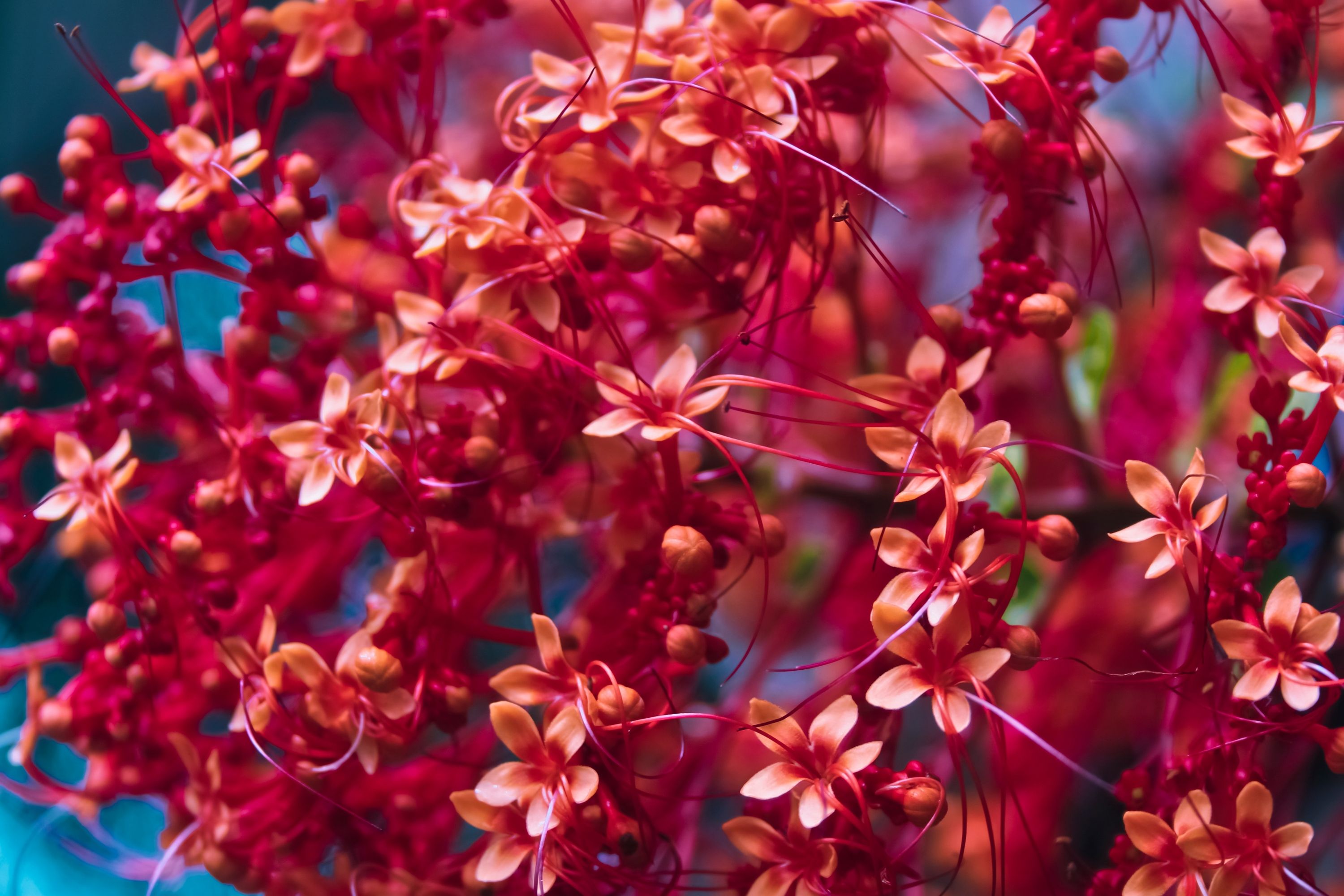Cherrybark oak
(Quercus pagoda)

Description
Quercus pagoda, the cherrybark oak, is one of the most highly valued red oaks in the southern United States. It is larger and better formed than southern red oak and commonly grows on more moist sites. Its strong wood and straight form make it an excellent timber tree. Many wildlife species use its acorns as food, and cherrybark oak makes a fine shade tree. Cherrybark oak was formerly considered to be a subspecies of southern red oak, Quercus falcata, subsp pagodifolia. Cherrybark oak is monoecious; staminate and pistillate catkins are borne separately on the same tree. Catkins are borne on stalks from leaf axils of the current growth. Flowers appear from February to May, depending on latitude. The acorn is about 0.5 inches long, globular or hemispheric, with up to one-third of its length enclosed in a shallow thin cap. Acorns per pound range from 200 to 750. Acorns mature from August to November of the second year. Trees begin bearing acorns when they are about 25 years old, and optimum production is reached when they are between 50 and 75 years of age. Good acorn crops are frequent, occurring at 1- or 2-year intervals, with light crops in intervening years. Acorns are dormant and do not germinate until the following spring. Germination is hypogeal. Cherrybark oaks often attain heights of 100 to 130 feet and trunk diameters of 36 to 60 inches, making it among the largest of the red oaks in the South. It is one of the hardiest and fastest growing oaks. It grows well on more sites than any other bottomland oaks except perhaps willow and water oaks. Diameter growth typically ranges from 3 to 6 inches per decade. The name pagoda refers to the tiered shape of cherrybark's leaves, which are reminiscent of the shape of a pagoda. Its simple, alternate leaves generally have V-shaped bases, deeply incised lobes (5 to 11), and short, broad, uncurved tips. The species is unusual in that the lobes are not necessarily paired on opposite sides of the leaf, instead appearing alternate or sometimes haphazard in arrangement. Leaves are 7 to 10 inches long and up to 7 inches wide. Leaves are dark green, smooth, and shiny on the surface; undersides are paler and pubescent. Twigs are thick and brown or gray, hairy when young. The buds are egg-shaped with a pointed tip, angular, and hairy. In some regions, the twigs commonly bear galls.
Taxonomic tree:







